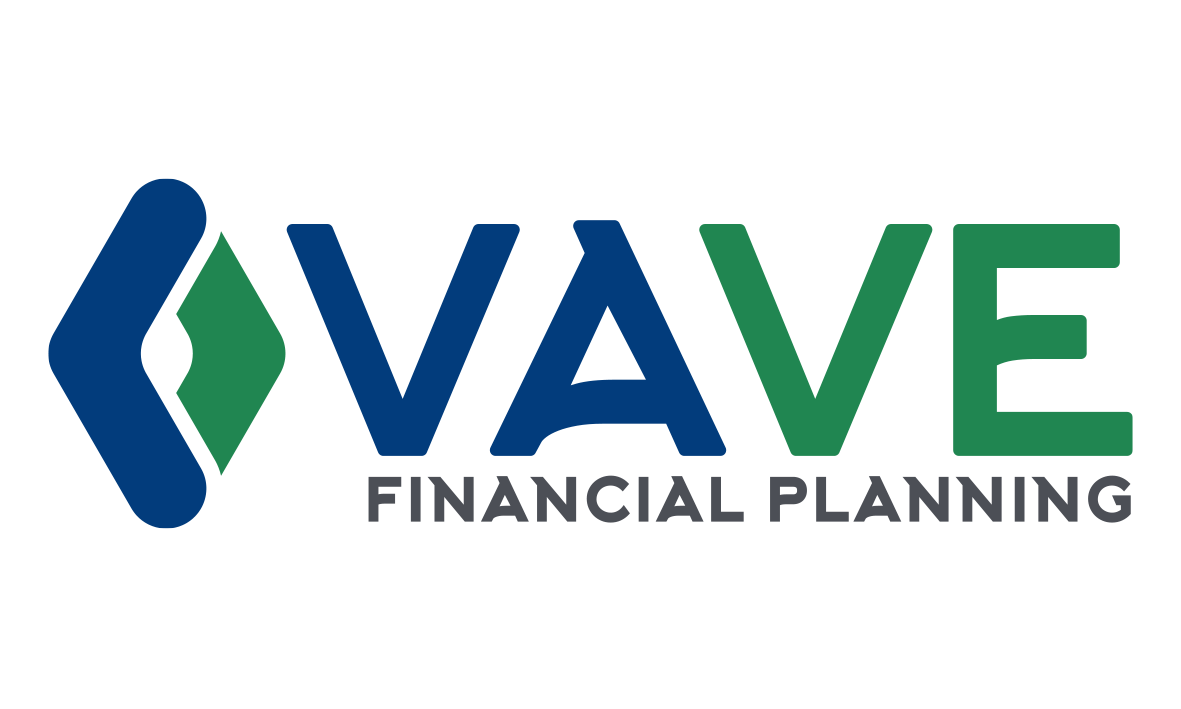Winter is finally over and you're safe to crawl out of your hibernation cave into the warm spring sun. Tax season is also over, so you can finally to do fun things like assess your portfolio! If you haven't been diligent about investment strategy, it'll be a lot like opening the backyard shed for the first time this year - you just don't know what's in there.
Arm yourself with some Lysol wipes and this 5-step action plan to get your portfolio cleaned up:
1) Assess the situation - Your situation:
Before you start moving anything, it's important to understand the scope of what you're trying to achieve. Spend some time thinking about your life goals and what's truly important to you to help come up your financial priorities.
You should also determine your risk profile and understand (based on your financial priorities, the time frame you are working with.
Try out this questionnaire from Vanguard Canada to get a general idea of where you may stand: https://www.vanguardcanada.ca/individual/questionnaire.htm
2) Sort & Categorize - Asset Allocation and Diversification:
Figure out how much Equity vs. Fixed income you have in your portfolio. Is there the right balance in your current portfolio and is it consistent with your risk tolerance, goals, and time frame? A balanced portfolio generally consists of 60% Equity and 40% Fixed Income.
After you've looked at your Equity/Fixed income, you can then look at how globally diverse your portfolio is (Canadian, US, International equity). Many Canadians have a tendency to invest mostly in Canadian stocks or mutual funds which is called home country bias. Being too heavily weighted in Canada is a diversification risk as the Canadian market only makes up 3% of the world market and is made up of mostly financial and resource stocks.
3) Judgement Day! Does this thing even fit? Do you have the right strategy?:
Purging the things you don't need is one of the most satisfying aspects of spring cleaning. (Our family knows this as "judgement day". Line up your old clothes, toys, and gadgets to be judged and...... terminated.) Your portfolio should also be rid of assets and items that do not align with your financial goals.
Is your strategy and risk/return profile consistent with your goals, risk tolerance, and time frame. Is the strategy an active one or is it passive? Income or growth? What is the decision-making process is when it comes to re-balancing your portfolio. Is it automated or must someone decide when and which fund/stock to buy. Consider having a Financial Plan created to help understand how your investment strategy can be linked to your goals. Following a plan takes the stress out of having to "judge" what belongs in your portfolio.
4) Back into storage. RRSPs and TFSAs:
Now that you've determined what to keep, it's time to put it back into storage, nice and tidy. Consider tax efficiency when dealing with your savings and investments. Understand the difference between the RRSP and TFSA programs and what may be the best fit for your investments. Weigh the benefits of other programs as well (spousal RRSPs, RESPs etc..).
5) Get help - It's okay to outsource a little but understand your fees:
It's okay to get a little help, but understand your fees. The MER (management expense ratio) is usually not presented clearly on financial statements nor are they discussed in detail when you buy expensive products such as mutual funds. Canadian mutual funds in particular are notorious for being some of the most expensive funds in the world and can often charge between 2% - 3% of your portfolio each year whether your investments went up or down. On a portfolio of $100,000, this can be approx. $2,500 a year in fees! Check out the Wealthgame website to plug in your MER and see the effect over 25 years! There are other cost effective solutions to building a portfolio as outlined in my article "Passive Investing Solutions".
Of course, building an investment strategy that helps meet your financial goals is not always an easy task. Getting help from a certified financial planner or money coach can save you from big financial stress. Even more importantly, it can help kick-start a long-term, healthy financial lifestyle. If you're due for a comprehensive portfolio review, contact me at nhui@vavefinancial.com for more information.
